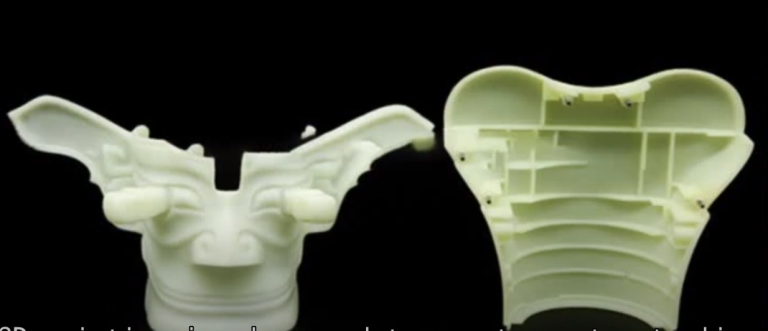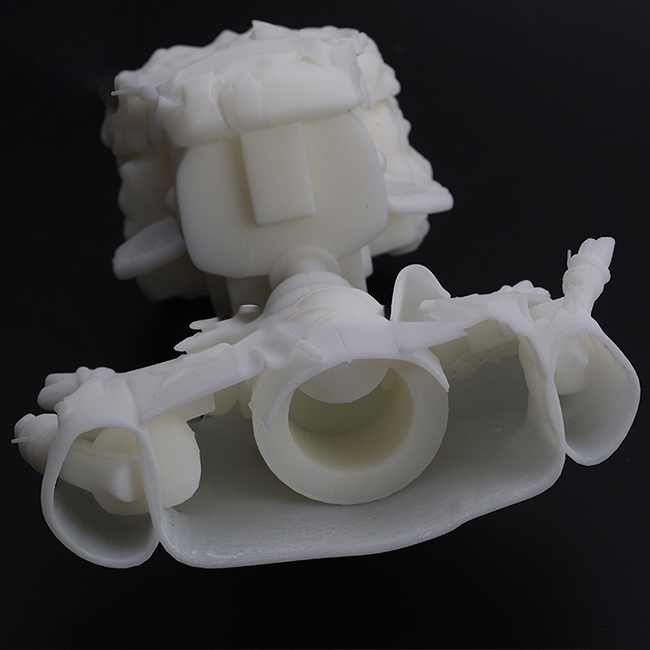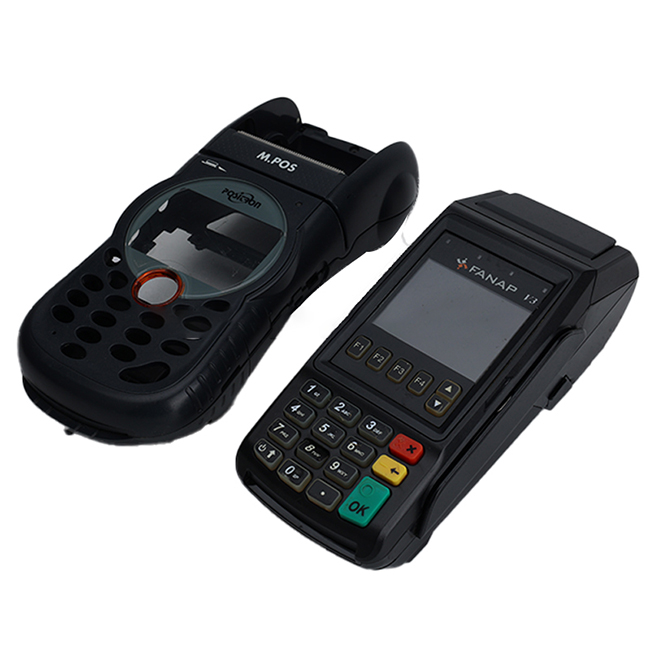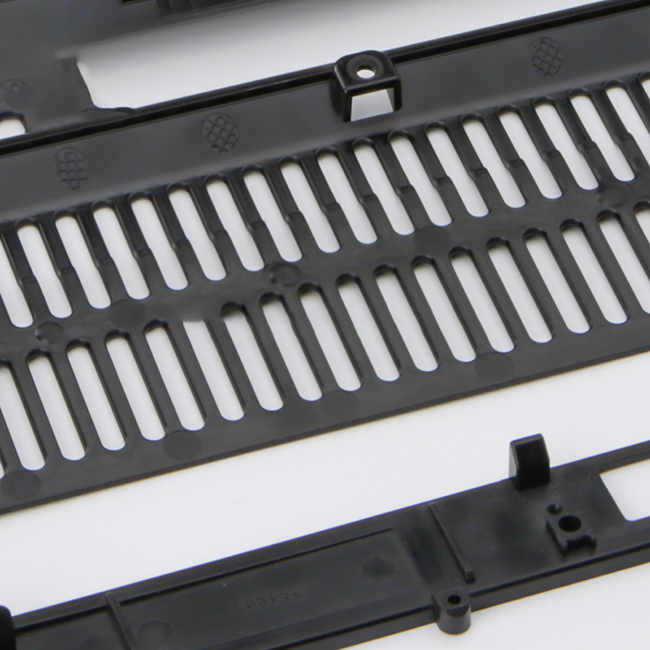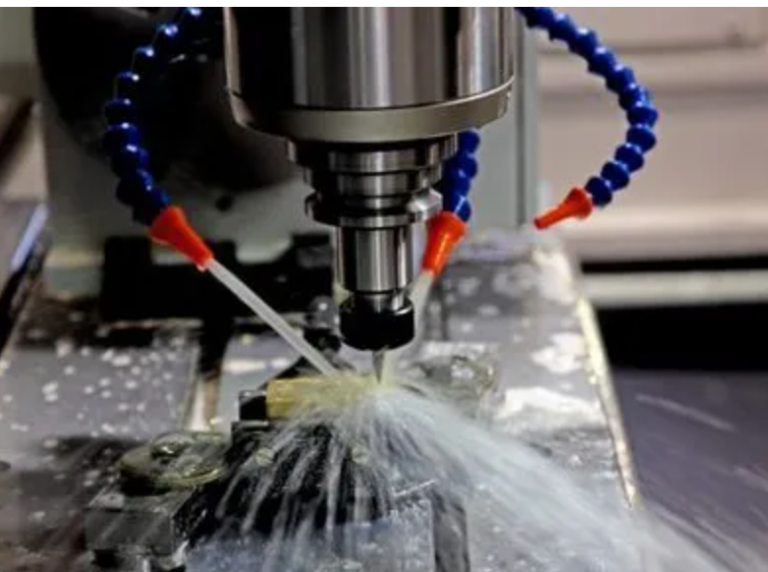Table of Contents
Benefits of Using Plastic Box Injection Molding for Packaging
Plastic box injection molding is a popular manufacturing process used to create a wide range of plastic products, including packaging containers. This method involves injecting molten plastic material into a mold cavity, where it cools and solidifies to form the desired shape. Plastic box injection molding offers numerous benefits for packaging applications, making it a preferred choice for many manufacturers.
| Surface finish | Polishing Finish / Slik Print / Texture Finish / Rubber Painting / Glossy Finish / Painting / Slik-Screen / Pad Print / EMI Coating / Electronic Plating / Laser Marking / Etc. |
| Production Process | Orders-Raw Materials- Production-Quality Inspection -Packaging-Shipment |
| Delivery | PE bag + paper card/paper skin + export-grade carton / crate / Pallet |
One of the key advantages of plastic box injection molding is its ability to produce high-quality, precise, and consistent parts. The process allows for tight tolerances and intricate designs, ensuring that each plastic box is uniform in size and shape. This level of precision is essential for packaging containers, as it ensures a secure fit and reliable protection for the products inside.
Additionally, plastic box injection molding is a cost-effective manufacturing method for producing large quantities of packaging containers. The initial tooling costs may be higher compared to other manufacturing processes, but once the molds are created, the production costs are relatively low. This makes plastic box injection molding an efficient and economical choice for mass production of packaging containers.
Another benefit of plastic box injection molding is its versatility in design and customization. Manufacturers can easily adjust the mold to create different shapes, sizes, and features for their packaging containers. This flexibility allows for the creation of unique and innovative packaging solutions that meet specific requirements and preferences.
Furthermore, plastic box injection molding offers a wide range of material options to choose from, including various types of plastics with different properties and characteristics. Manufacturers can select the most suitable material for their packaging containers based on factors such as durability, flexibility, transparency, and chemical resistance. This versatility in material selection ensures that the packaging containers meet the desired performance and aesthetic requirements.
In addition to its technical advantages, plastic box injection molding is also an environmentally friendly manufacturing process. Many plastics used in injection molding are recyclable, allowing for the production of sustainable packaging solutions. By using recycled materials and optimizing the production process, manufacturers can reduce waste and minimize their environmental impact.
Overall, plastic box injection molding offers numerous benefits for packaging applications, making it a preferred choice for many manufacturers. From high-quality and precise parts to cost-effective production and versatile design options, this manufacturing process provides a reliable and efficient solution for creating packaging containers. With its environmental advantages and material versatility, plastic box injection molding is a sustainable and innovative choice for packaging solutions in various industries.
How to Choose the Right Plastic Material for Injection Molding of Boxes
Plastic box injection molding is a popular manufacturing process used to create a wide range of plastic boxes for various industries. One of the key factors that determine the quality and performance of the final product is the choice of plastic material. Selecting the right plastic material for injection molding of boxes is crucial to ensure that the boxes meet the desired specifications and requirements.
When choosing a plastic material for injection molding of boxes, there are several factors to consider. One of the most important factors is the intended use of the boxes. Different plastic materials have different properties and characteristics, which make them suitable for specific applications. For example, if the boxes will be used to store food or beverages, it is important to choose a food-grade plastic material that is safe for contact with food.
Another important factor to consider when choosing a plastic material for injection molding of boxes is the desired properties of the final product. Some plastic materials are more rigid and durable, making them suitable for heavy-duty applications, while others are more flexible and lightweight, making them ideal for packaging and transportation purposes. It is important to consider the specific requirements of the boxes and choose a plastic material that can meet those requirements.
In addition to the intended use and desired properties of the boxes, it is also important to consider the cost of the plastic material. Different plastic materials have different costs, and the cost of the material can have a significant impact on the overall cost of the injection molding process. It is important to choose a plastic material that is cost-effective and provides good value for money.
One of the most commonly used plastic materials for injection molding of boxes is polypropylene. Polypropylene is a versatile plastic material that is known for its excellent chemical resistance, high impact strength, and good thermal stability. It is also lightweight and easy to mold, making it ideal for a wide range of applications. Polypropylene is commonly used to manufacture storage boxes, food containers, and packaging materials.

Another popular plastic material for injection molding of boxes is polyethylene. Polyethylene is a flexible and durable plastic material that is resistant to moisture, chemicals, and impact. It is commonly used to manufacture storage boxes, bins, and containers for various industries. Polyethylene is available in different grades, including high-density polyethylene (HDPE) and low-density polyethylene (LDPE), each with its own unique properties and characteristics.
In conclusion, choosing the right plastic material for injection molding of boxes is essential to ensure that the final product meets the desired specifications and requirements. It is important to consider factors such as the intended use, desired properties, and cost of the plastic material when making a decision. Polypropylene and polyethylene are two popular plastic materials that are commonly used for injection molding of boxes due to their excellent properties and versatility. By carefully selecting the right plastic material, manufacturers can produce high-quality boxes that meet the needs of their customers.
